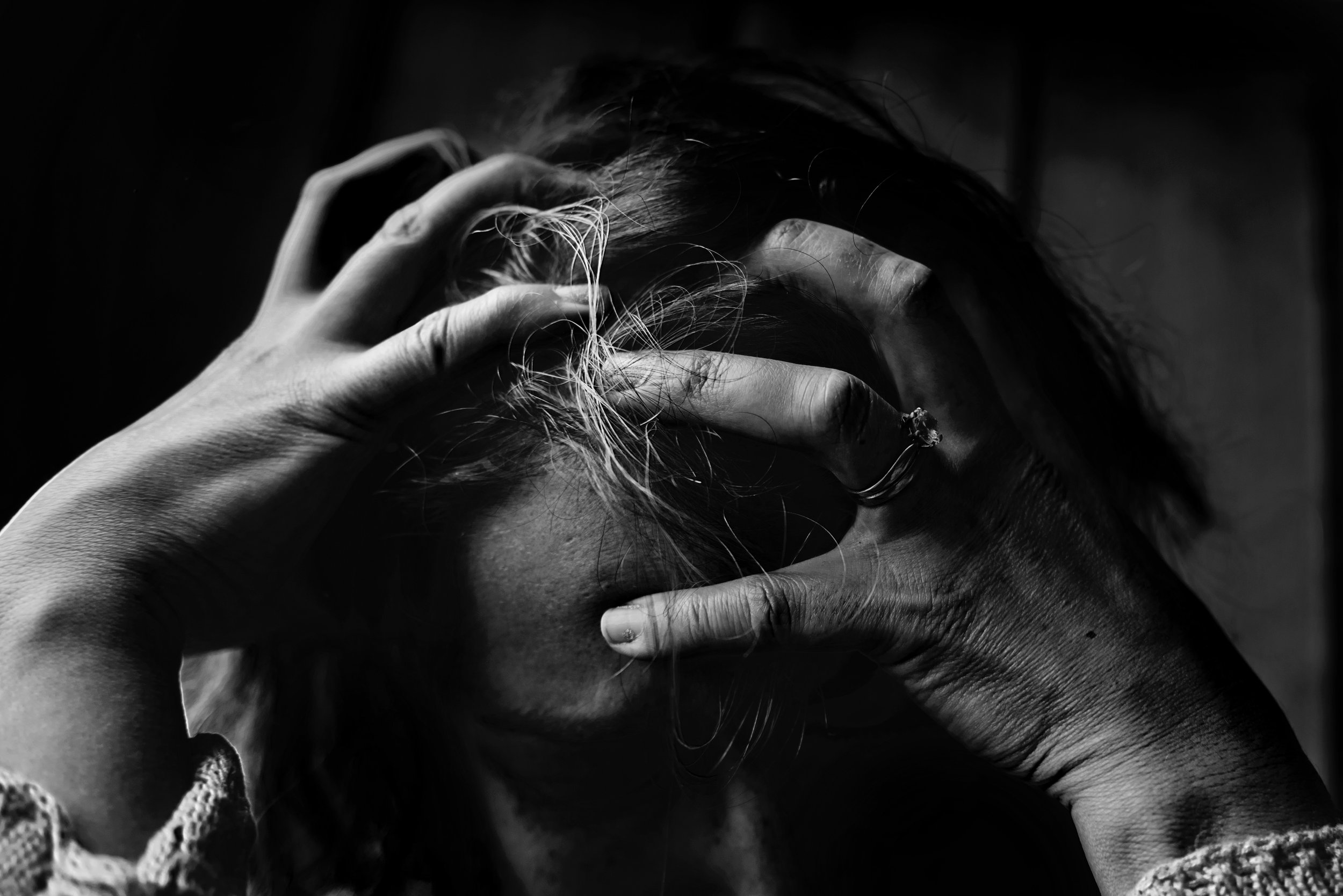
“Trauma is not what happens to us, but what we hold inside in the absence of an empathetic witness”
—Peter Lavine
What is trauma?
An easy way to define trauma is any event that overwhelms our ability to cope. Trauma causes chemicals and hormones to flood into our systems and because it's too much to cope with, a "circuit" is thrown int the brain. That circuit flip helps survival to happen, but the downside is that our emotions get stuck because they weren't able to be felt fully during the trauma. These stuck emotions can show up in many different areas of a person's life: anxiety, depression, relationship issues, addiction, and other concerns. Additionally, research is now showing the strong link between childhood trauma and chronic health issues.
Often when someone experiences trauma, it develops into Post-Traumatic Stress Disorder (PTSD). 7.8% of people in the US will experience PTSD at some point in their lives. PTSD is a complex group of symptoms, which include:
Unwanted upsetting memories or flashbacks
Nightmares
Emotional and physical reactivity
Overly negative thoughts and assumptions about self or the world
Feeling isolated
Difficulty experiencing positive feelings
Irritability or aggression
Risky or destructive behavior
Overly alert
Feeling jumpy
Difficulty concentrating
Difficulty sleeping
Forgetting parts of the trauma
While that list can be overwhelming, there is hope for healing. To be able to heal from the trauma, and move your stuck emotions, it is important to able to feel them all the way through. Different types of therapy have been proved to help get to the root of the trauma and bring on healing. These include EMDR, mindfulness and meditation, Somatic Experiencing, and Trauma-Focused CBT, among others.